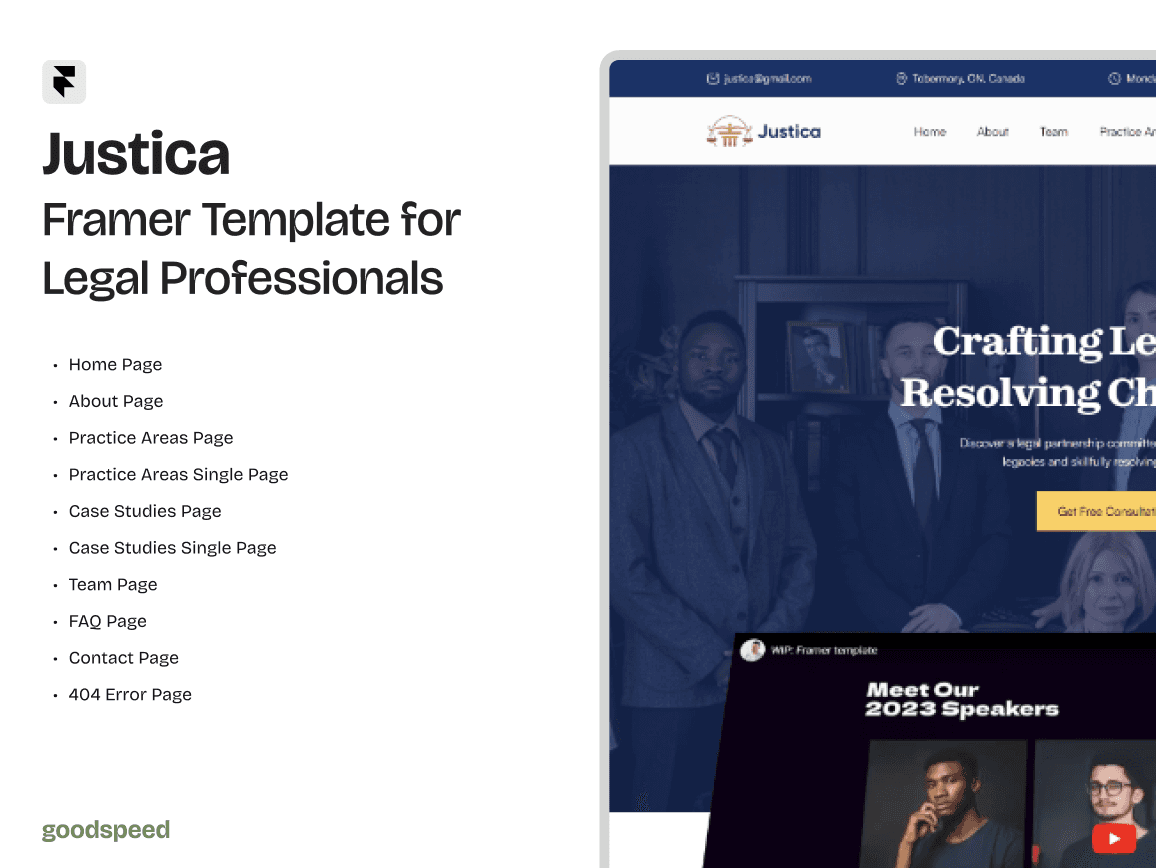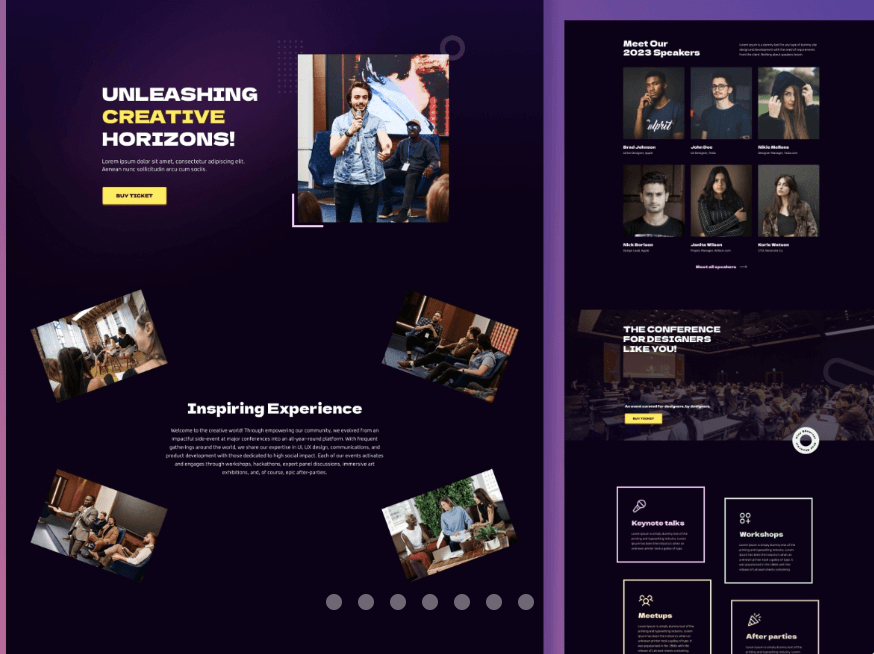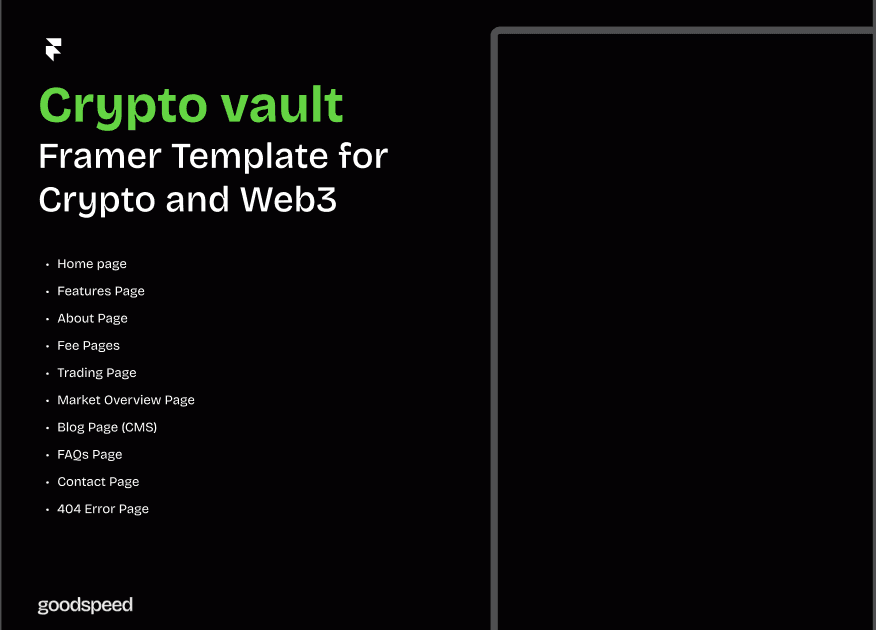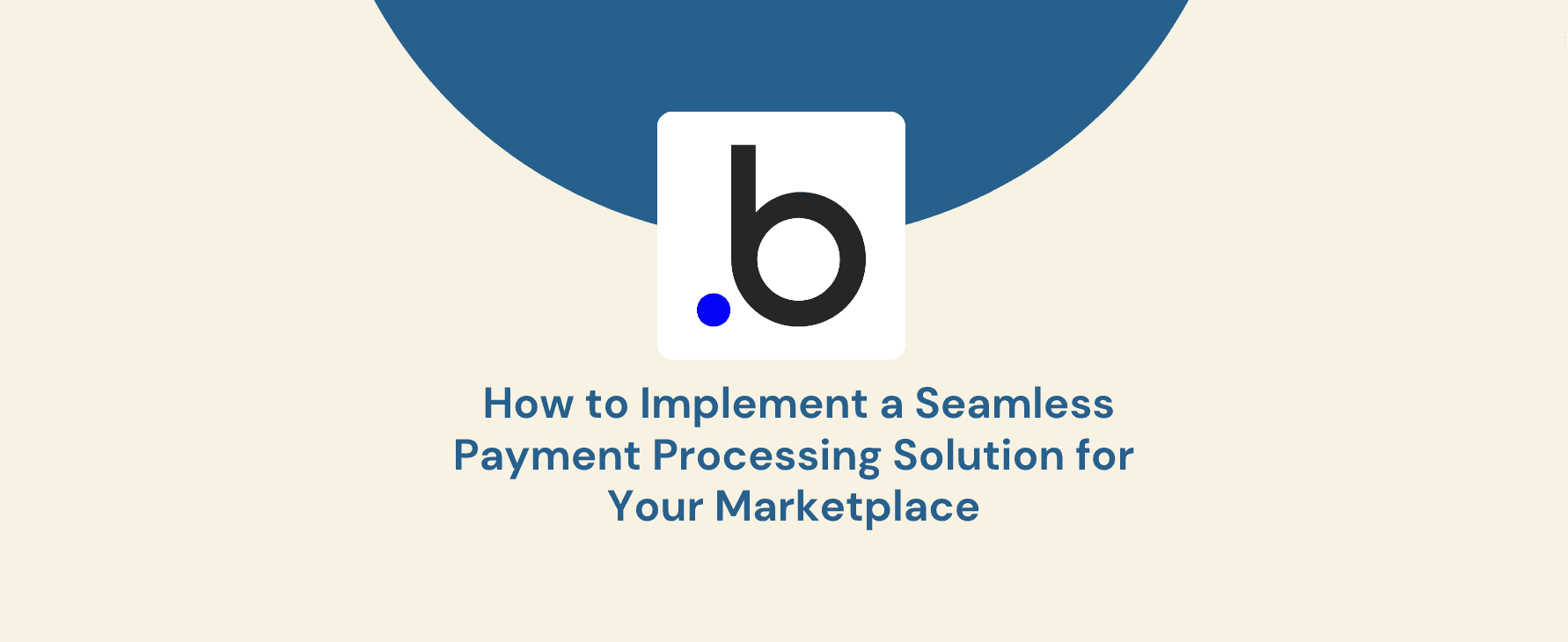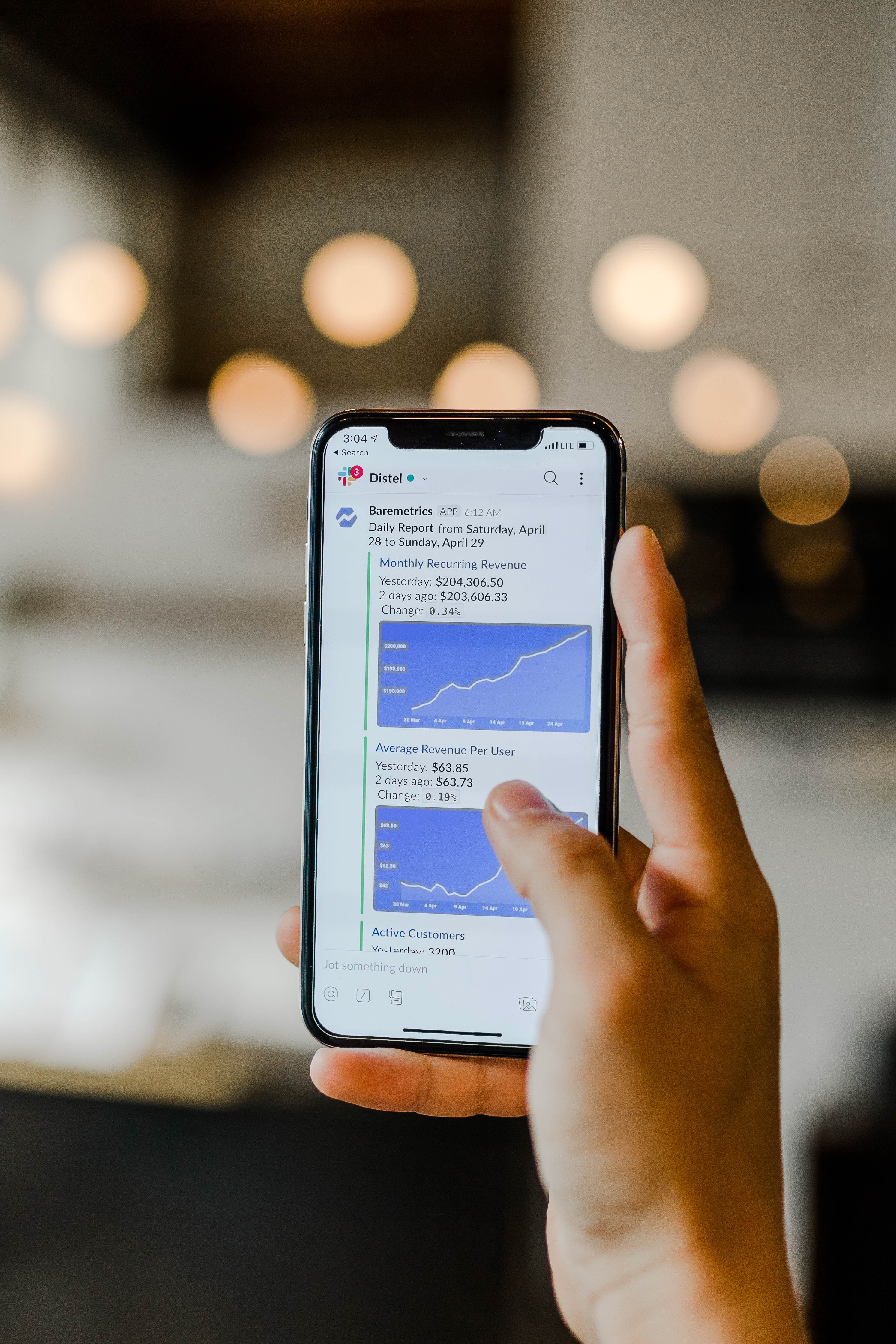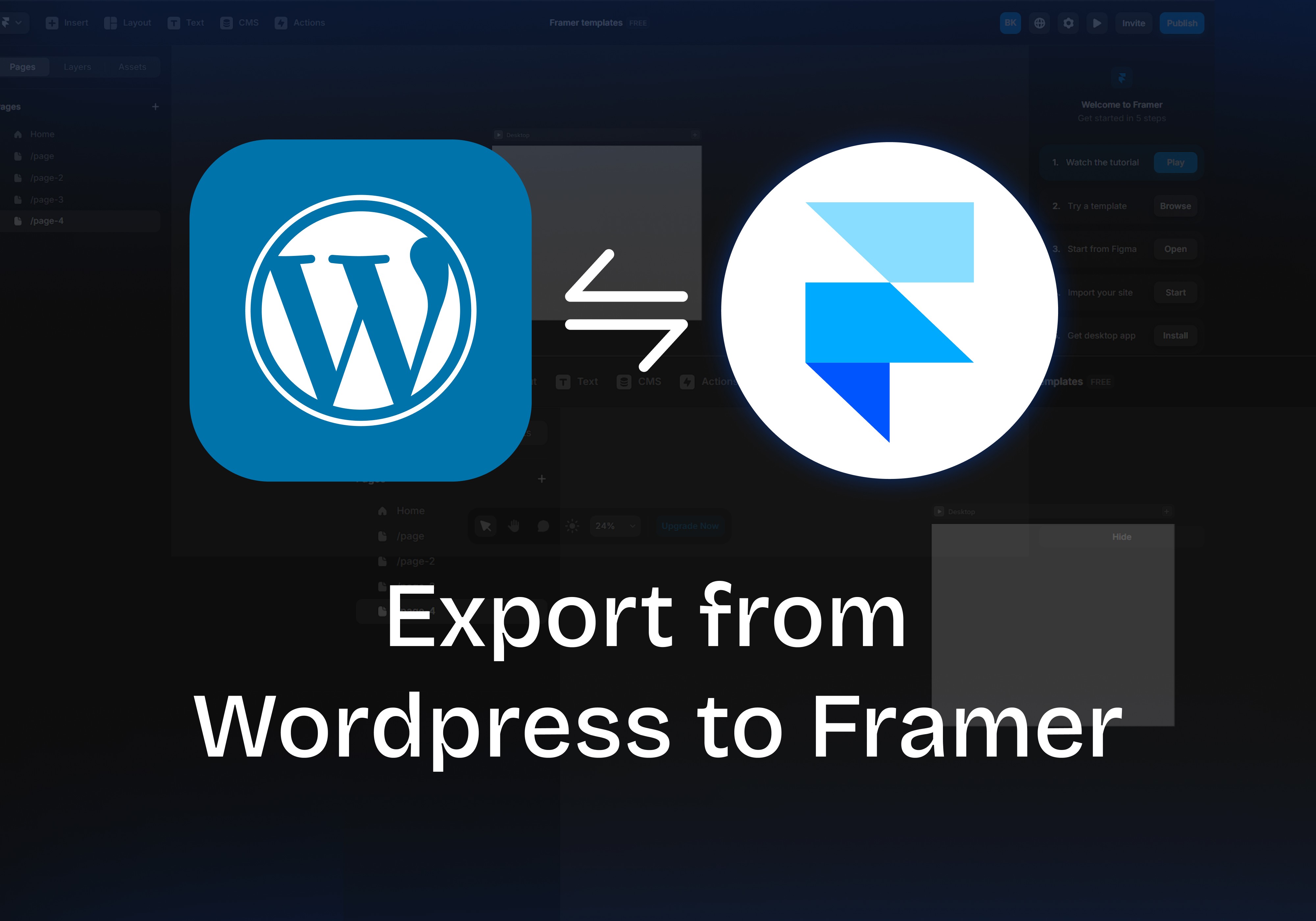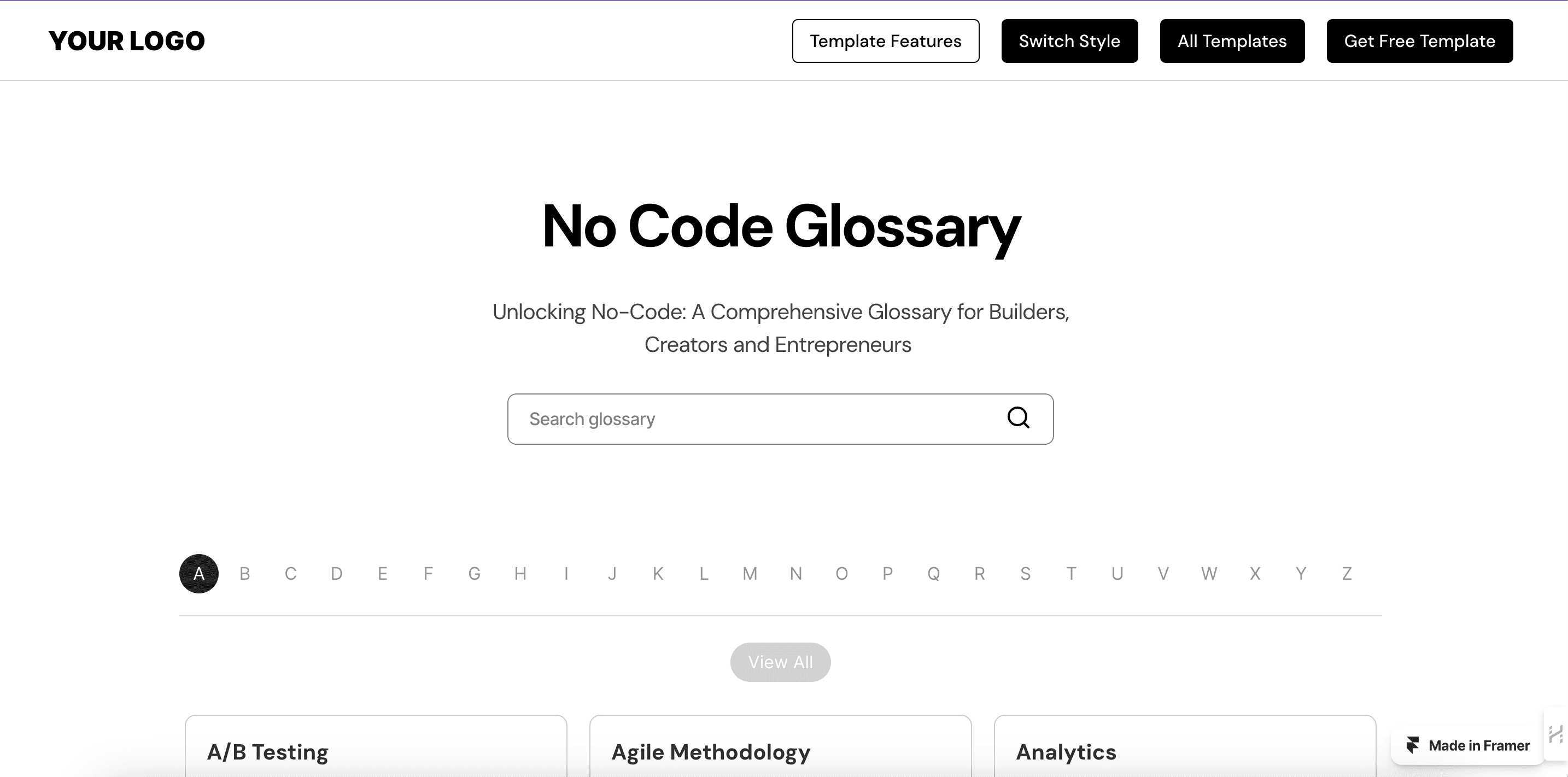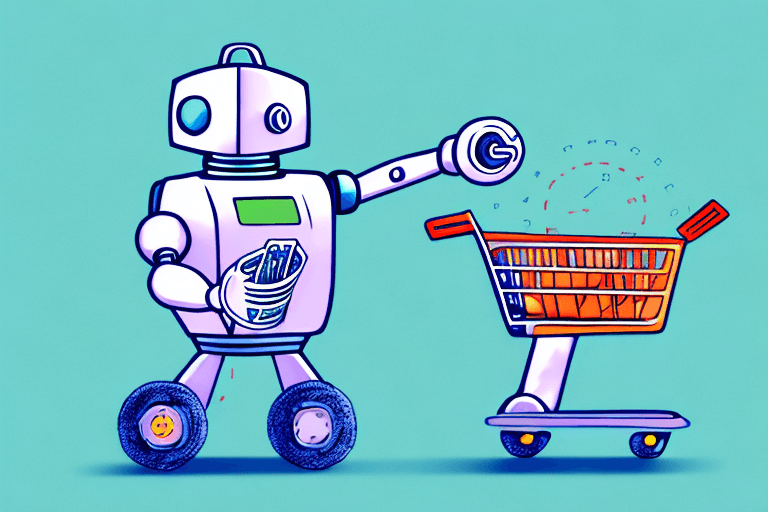Marketing teams operate in fast-paced environments where website speed, adaptability, and budget constraints often dictate how campaigns come to life. Whether you’re launching a landing page for a new product or redesigning an entire marketing website, you’ll face a crucial decision: should you use no-code development or opt for a traditional, custom-coded approach?
At Goodspeed, we’ve worked with numerous marketing teams facing this exact dilemma. Some prioritise speed and flexibility, while others require deep customisation and control over their tech stack.
This article explores no-code vs traditional development for marketing, breaking down the pros and cons of each approach based on cost, scalability, and ongoing maintenance. By the end, you’ll have a clear roadmap for choosing the best option for your team’s needs.
Why Marketing Teams Are Considering Both Approaches
Marketing teams must balance speed, cost, and creative freedom when building websites. No-code solutions and traditional development each offer distinct advantages depending on your goals.
The Rise of No-Code Solutions
No-code platforms have revolutionised how marketing teams build and manage websites. Instead of relying on developers, marketers can use visual builders like Framer to create and update web pages independently.
Empowering marketers with intuitive tools – No-code platforms provide drag-and-drop functionality, making it easy to launch new landing pages without writing a single line of code.
Lowering costs and reducing developer dependency – Hiring developers can be expensive. With a no-code approach, marketing teams can make content and design changes on their own, minimising outsourcing costs.
Accelerating time-to-market – When speed matters, no-code tools provide a competitive edge. For example, pre-rendered pages on Framer cut load times by 40%, ensuring websites deliver a seamless user experience.
No-code adoption is growing rapidly, with 70% of new applications expected to use no-code or low-code technologies by 2025. This shift is driven by the need for agility in marketing, where campaigns must adapt to evolving trends in real time.
Why Traditional Development Still Has a Place
While no-code solutions offer convenience, some marketing teams require the full flexibility of custom-coded websites. Traditional development allows for greater control, deeper integrations, and long-term scalability.
Highly customisable experiences – If your brand relies on unique website functionalities, a traditional development approach provides the ability to code custom features that no-code tools may not support.
Direct access to HTML, CSS, and JavaScript – For companies with in-house developers, traditional coding offers complete creative freedom without platform limitations.
Scalability for enterprise needs – Large-scale organisations that require heavy personalisation, complex integrations, or data-driven websites often benefit from custom development over pre-built solutions.
If your marketing team prioritises speed and agility, a no-code solution like Framer may be ideal. However, if you need highly tailored experiences that demand custom workflows, traditional development remains a strong option.
If your team is considering a scalable no-code approach, check out Exploring Advanced Features in Framer Templates to see how Framer meets complex marketing needs.
Key Factors to Evaluate
Deciding between no-code and traditional development requires assessing critical factors like budget, flexibility, and long-term scalability. Below is a direct comparison of both approaches from a marketing team’s perspective.
Cost & Budget
No-Code: Most no-code platforms operate on a subscription basis, offering cost-effective entry points for marketing teams. Framer’s pricing starts at $5/month, making it accessible even for startups.
Traditional Development: Custom websites involve higher upfront costs, as they require developers or agencies. Ongoing maintenance also adds to long-term expenses.
Marketing Relevance: For teams working within tight budgets, no-code development reduces reliance on expensive developer resources. It allows marketers to focus spending on content, SEO, and advertising rather than technical overhead.
The low-code platform market is projected to reach $65 billion by 2027, reflecting the increasing adoption of cost-efficient development alternatives.
For more insights on managing budgets effectively, explore Understanding Different Pricing Models for Framer Development Services.
Speed & Time-to-Market
No-Code: Speed is one of no-code’s biggest advantages. Websites can be built and launched in days rather than weeks, helping teams respond quickly to market demands.
Traditional Development: Coding from scratch takes significantly longer, requiring developer bandwidth for every update.
Marketing Relevance: If your team frequently launches seasonal campaigns, A/B tests, or iterative landing pages, the ability to deploy new content instantly gives no-code a clear advantage.
Formula Bot improved page load speeds by 75% after migrating to Framer with Goodspeed, resulting in better user experience and SEO rankings.
To learn how straightforward such a migration can be, see our guide: Migrating from Webflow to Framer: A Step-by-Step Process.
Design Flexibility & Brand Control
No-Code: Platforms like Framer offer near-pixel-perfect design capabilities, allowing marketers to create highly customised layouts, animations, and interactive elements without writing code.
Traditional Development: Provides unlimited design possibilities but requires skilled developers to implement and maintain the branding vision.
Marketing Relevance: Branding consistency is essential, but the difference lies in who makes the changes. No-code tools empower marketing teams to control design updates internally without waiting for developers, while traditional development offers deeper personalisation if required.
Explore Goodspeed’s library of premium Framer templates to create visually impressive, brand-consistent pages rapidly.
Maintenance & Updates
No-Code: Most no-code platforms include user-friendly dashboards, allowing marketing teams to make changes, update content, or launch new pages independently.
Traditional Development: Requires a developer to modify and deploy changes, making updates slower and often more expensive.
Marketing Relevance: Marketing teams often operate on tight deadlines. No-code platforms provide agility, ensuring updates can be rolled out without relying on developer availability.
For a guide on keeping your Framer site running smoothly, check out Optimising Your Framer Template for Speed and Performance.
Scalability & Custom Features
No-Code: Many no-code platforms now integrate custom code blocks, allowing developers to add advanced features when needed. However, for highly complex workflows, traditional development may still be the better option.
Traditional Development: Offers full flexibility to build custom APIs, automation, and deep integrations from scratch.
Marketing Relevance: If your marketing site requires only standard features like landing pages, lead capture forms, and content marketing, no-code is a perfect fit. However, if your website includes dynamic personalisation, complex back-end integrations, or unique AI-driven elements, traditional development may be necessary.
However, to ensure optimal performance, read our guide on Common Mistakes That Slow Down Your Framer Site and How to Avoid Them.
Our Perspective at Goodspeed
At Goodspeed, we’ve worked with a wide range of marketing teams and have seen firsthand how no-code solutions like Framer help brands move faster and reduce development bottlenecks. While many teams still consider traditional coding, we often recommend no-code vs traditional development for marketing based on speed, cost-efficiency, and ease of use.
Why We Often Recommend No-Code
Empowers Marketers: Teams can launch and iterate without waiting for developers.
Faster Prototyping & Testing: No-code allows quick A/B testing of landing pages and campaigns.
Cost-Effective Scaling: Eliminates the need for constant developer intervention, stretching marketing budgets further.
For further details, see our perspective on Why Framer is the Ideal No-Code Solution for Marketing Professionals.
Using Framer for Marketing Teams
Visual Builder: Framer provides an intuitive interface for designing and launching new pages.
Seamless Updates: Marketing teams can edit content, images, and CTAs instantly without developer involvement.
Custom Code Blocks: If needed, additional functionalities can still be coded and integrated seamlessly.
To learn how collaboration is streamlined, read Real-Time Collaboration in Framer: Working with Your Marketing Team.
When Traditional Development Might Still Fit
For Enterprise-Level Integrations: Companies needing deep system connectivity may require traditional development.
For Highly Custom Features: If the marketing site includes complex interactive elements that no-code platforms don’t support natively.
For Brand-Specific Innovations: Some teams prefer complete control over every aspect of their site’s code and performance.
However, for complex requirements, our expert Framer developers at Goodspeed can seamlessly build advanced, tailored solutions.
Deciding between no-code vs traditional development for marketing depends on your team’s needs. If speed, cost-efficiency, and ease of use matter most, no-code platforms like Framer let marketers launch and iterate without developer bottlenecks. For highly custom features, deep integrations, or enterprise scalability, traditional development offers greater control at a higher cost.
If you’re seeking an ideal blend of flexibility, ease-of-use, and professional support, partnering with Goodspeed, a leading Framer agency, can ensure optimal results.
At Goodspeed, we’ve helped brands improve speed, SEO, and marketing autonomy with Framer. If you’re considering a no-code approach, we can guide you to an optimised, high-performance website. Get the expert Framer guidance you need - book a free consultation.


